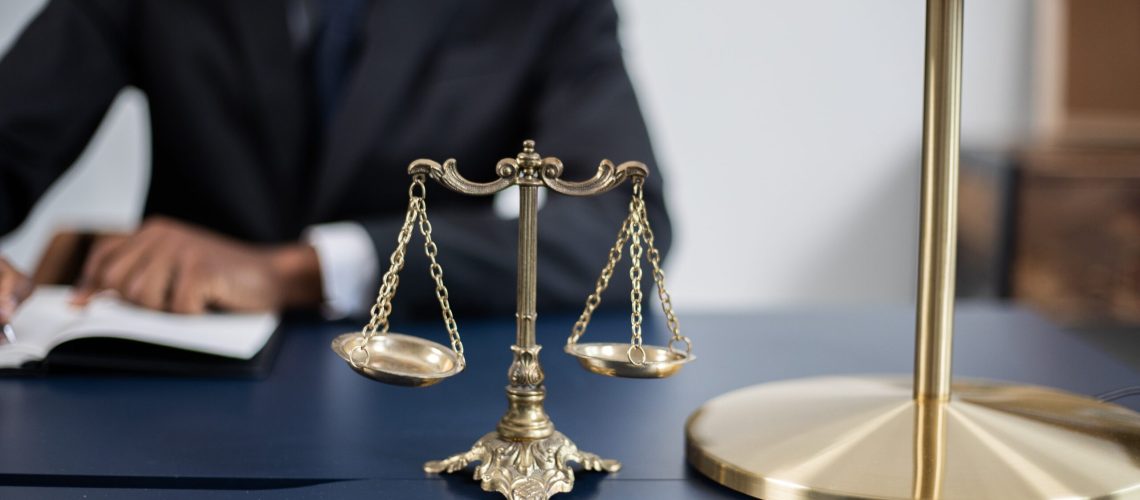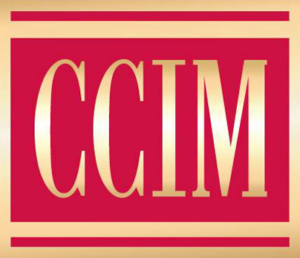If your organization owns and occupies its commercial property, you may have heard about the financial option of a Sale-Leaseback. This is where you sell your property to a 3rd party investor and then lease it back, retaining occupancy as a tenant. While this may seem counterintuitive, it can offer significant financial and tax advantages that may make it worth considering.
To help evaluate whether a Sale-Leaseback is right for you, it’s important to work with a Commercial Real Estate Broker who’s skilled at financial analysis and knowledgeable about the capital markets. They can help you analyze your property and determine if it’s advantageous to continue to own or sell and leaseback to use the capital for other purposes.
Some of the major advantages of a Sale-Leaseback arrangement include:
- Conversion of a non-liquid asset to cash, while the user retains control and utilization of the property.
- Removal of a capital asset at book value from the balance sheet and replacement with cash received from the sale, allowing the occupany to use the newly found liquidity to expand their business or make alternative investments.
- Avoidance of the cost and restrictions associated with the balance sheet liability that comes from placing conventional debt financing on the real estate.
- Tax advantage of effectively depreciating the land, because the deductible lease payments include the use of the land and the building.
- Offers ownership an exit strategy from the asset which might not otherwise be readily available.
The analysis process that helps companies decide whether to hold or sell and leaseback is centered on a quantitative process. The output and conclusions from the analysis can include comparative metrics including Net Present Value (NPV), Internal Rate of Return (IRR), and Sale Price Sensitivity. These metrics are used to help compare and determine which option is more valuable from a financial perspective.
It’s important to note that the decision to sell and leaseback should not be made lightly. There are risks involved, such as the possibility of rent increases or changes in property ownership that may affect the long-term attractiveness of the property. However, with the right analysis and understanding of the potential advantages and risks, you can determine if a Sale-Leaseback is the right option for your owner-occupied real estate.
If you’re considering a Sale-Leaseback it’s important to work with experienced real estate, financial and tax advisors who can help you navigate the complex transaction, financial and tax implications. With the right guidance, you can make an informed decision that will benefit your business in the long term.
Visit www.sidecarcre.com, email to [email protected] or call (469) 200-0496 to learn about The Sidecar Difference and discuss your real estate goals. Sidecar Commercial Real Estate®…Beside You For Your Corporate Real Estate Journey!





